
Firme
Jodoin Lamarre Pratte architectes devotes its practice to the design of architectural projects serving the community —mainly in the institutional fields of healthcare, transportation, culture, education and research. Since its founding in 1958, the firm has worked towards the conception of a human, sensitive, intelligent architecture that respects its environment, combining creativity, knowledge and innovation. It values the diversity and complementarity of the skills and expertise of the members of its large team and perpetuates a culture of collaboration, inclusion, integrity and thoroughness. The firm has been ISO 9001 accredited since 1998.
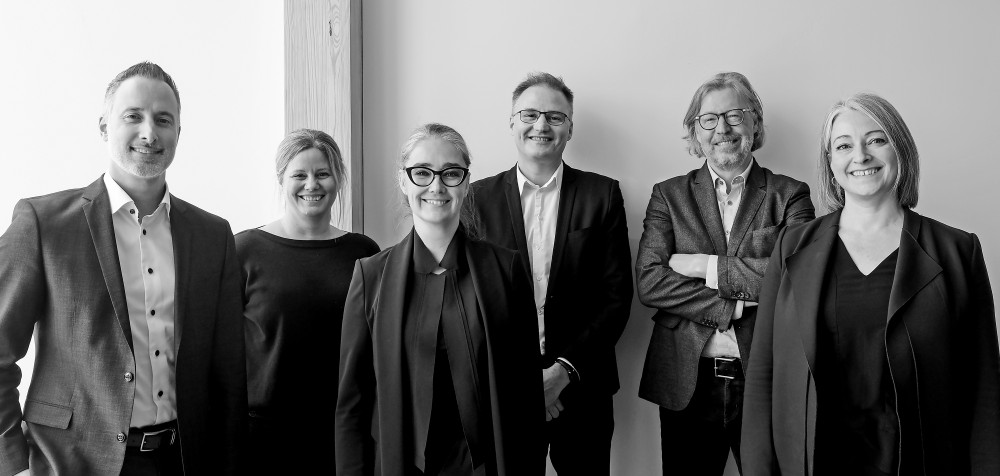
Firm
Open allPhilosophy
Humans occupy our thoughts. Our philosophy is based on the diversity and complementarity of our firm’s large team, and its culture of collaboration and inclusion. The values promoted by the firm—collaboration, efficiency, integrity and rigour—are those that characterized the practice of our three founding members.
The Workshop
The firm is recognized for its thorough and specialized expertise, creativity, rigour in project management every step of the way, and its capacity to lead every project to term and in line with any budget and scheduling concerns. The firm is also renowned for its collaborative spirit with clients and partners, physically translated in the form of a large, open workshop, where everyone is called on to contribute to project developments. We believe that every individual can impart insight to complement any kind of challenge, and that the interactions and exchanges arising from this open space befit the overall creative process, leading to innovation. Such typology improves the transfer and sharing of knowledge, which benefits new professionals to the firm and presents constantly renewed reflections on the practice.
Sustainable Practices
As a responsible corporate citizen, the firm has built an internal policy to promote recycling, responsible uses of print and paper, composting, and waste reduction. This policy is the first step in the creation of sustainable architecture. Its principles are applied to all the firm’s projects, whether they are LEED - WELL - ENVISION certified or not. See Sustainable Development and LEED Accreditation.
Architectural approach
Since 1958, Jodoin Lamarre Pratte architectes has been designing architecture that is human-scaled, sustainable, functional, and light-filled. The quality of its projects is the result of a constant collaboration each step of the way, whether from a functional, technical, economic or aesthetic perspective.
We value a process of project development based on respect and on the continued adaptation and improvement of our knowledge. This spirit of openness is conducive to creating more than just a building; it also generates a positive life experience. Each project warrants an adapted architectural approach, complementing the vision of its clients in the hopes of generating correct and functional solutions that respond specifically to the problems at hand. This sense of reciprocity is developed through a collaborative approach, with open and candid discussions with project managers, occupants, building operators, and the other professionals involved alike. We believe that only this kind of dynamic can create large-scale buildings that are appreciated in the long term.
In addition to the traditional models of conceptualizing, our practice integrates the latest 3D visualizing technologies, as well as virtual reality and architectural animations, enabling that project intentions are efficiently communicated, and that crucial information and positive interventions are supplied and accommodated at the right moment during the creative process.
The firm’s architects pursue the intention of producing considered, intelligent architecture that is respectful of its environment, and of combining creativity, sustainable development, and innovation.
History
The firm owes its name to its three founders, Bernard Jodoin, Denis Lamarre and Gérard Pratte. Founded in 1958 with the intention of producing sustainable and responsible architecture, the firm draws together a team of 200 architects, technologists, technicians, designers, and professionals under the direction of Julie Boucher, Michel Broz, Catherine Demers, Martine Gévry, Sylvain Morrier, and Nicolas Ranger, who carry on the culture set out by its founders.
1958
Three architecture graduates from the Université de Montréal, Bernard Jodoin, Denis Lamarre and Gérard Pratte decide to join their professional vocations by founding an office. They initially associate with Pierre Major, a fellow student who works alongside them for five years, then with Jacques Carrière until 1971. As with many young agencies, their beginnings are characterized by small construction, renovation and design contracts, both commercial and residential in nature.
1962
The first institutional project consists in repairing the tower and copper dome and developing the archives of the Bibliothèque centrale within the tower of the main pavilion of the Université de Montréal, designed by Ernest Cormier.
1967
Realization of the Pavilion for the Republic of Haiti at Expo 67.
1970
The firm enjoys a certain experience in the field of education, as well as a covetable technical reputation. Its first participation in a megaproject is the creation of the Université du Québec à Montréal (UQAM) by the Québec government, at the heart of the Latin Quarter in Montréal. The firm develops the original Berri campus almost entirely, completing phases I, II and IIA between 1972 and 1993. The project is completed simultaneously with a vast program of building extensions and redevelopments for the École Polytechnique. The public attention that the firm acquires leads to its participation in other projects dedicated to education, notably for the Université de Montréal, McGill University, Concordia University, the University of Ottawa, the Université de Sherbrooke, in addition to a number of colleges and CEGEPs, endowing the firm with sought-after expertise in the architecture of educational institutions in Québec.
1975
The firm reaches 50 employees.
1979
Restoration and redesign of the chapel of the Sacred Heart at the Notre-Dame Basilica between 1979 and 1982 following a fire. The project receives an Award of Excellence from the magazine Canadian Architect, an Award of Excellence in Architecture by the Ordre des Architectes du Québec, and a prestigious Governor General of Canada Medal in Architecture.
1980
Jodoin Lamarre Pratte architectes relocates to its current offices in a reconverted industial building across from Atelier Angus in the Rosemont neighbourhood.
The firm adds new areas of activity and expertise to its repertoire, to note in areas of health, industry (Hydro-Québec), the Nord-du-Québec region, and culture. The Anna-Laberge health centre in Châteauguay and the Saint-Eustâche health centre refine and consolidate the firm’s experience in the healthcare sector, begun the decade prior. Starting in the 1980s, the firm acquires a specific proficiency in the Nordic environment, addressing the challenges of social context, harsh climate, demanding logistics and scarcity of resources.
1984
106 architecture teams enter the Québec government’s public design competition for the construction of the Musée d’art contemporain de Montréal (MACM). Jodoin Lamarre Pratte architectes wins, though later modifying its project to respond to the final architectural program. Construction begins in 1988 and the contemporary art museum is inaugurated in 1992, on the occasion of the 350th anniversary of Montréal’s founding.
Consult « Huit hommes qui changent Montréal », L'actualité, September 1984 (French)
1988
A second generation takes over direction from the hands of its founding members: Maurice Cabana, Gabriel Charbonneau, Michel Desrosiers and Claude Sauvageau. This first succession results from the careful consideration of its founders to ensure the long-lasting quality of the firm. The team reaches a new peak of 65 employees.
1992
In 1988 the firm begins its expansion of the McCord Museum of Canadian history. The museum is doubled in terms of institutional space, equipped with sophisticated conservation facilities and provided with improved thermal control technicalities. Completed in 1991 and officially inaugurated in 1992, the new McCord Museum masterfully unifies classic and contemporary styles. The project obtains five architectural awards for its respect towards the patrimonial character of the existing building conceived by Percy E. Nobbs and his associates Hutchison and Woof between 1904 and 1906, as well as for its sensibility in terms of architectural design.
Restoration and expansion of the Abner-Bagg House in Old Montréal, a compound of three buildings constructed between 1819 and 1937 by Abner Bagg, classified as a historical monument. The firm receives a Save Montréal – Orange Prize in the Recycling category, and the BOMA Québec First Prize for Historical Buildings.
1998
Perpetually seeking to improve the quality of its services, the firm becomes interested in the movement of quality design. In 1998 it becomes one of the first architectural firms in Québec to obtain ISO accreditation.
1999
Aéroports de Montréal launches a bidding process for the expansion of the Montréal–Pierre-Elliot-Trudeau International Airport, an ambitious architectural project that is unique in its reach in Québec. Four of the foremost Québec firms create an organization to respond to the requirements of the selection process, which lasts ten weeks and requires over 2,500 hours of preparation. As of 1987, Jodoin Lamarre Pratte architectes had been implicated on a variety of projects at the international Montréal–Trudeau airport on behalf of Transport Canada, and, as of 1992, on behalf of Aéroports de Montréal (ADM). Jodoin Lamarre Pratte architectes is awarded the mandate within Consortium PCJA Architects, and still today realizes projects of varying calibre for ADM.
2000
The new century begins with four other projects that win competitions successively between 1999 and 2002: the Richard J. Renaud Pavilion at Concordia University, the municipal library of Châteauguay, the Chapiteau des arts for TOHU – Cité des arts du cirque, and the Vieux-Terrebonne Theatre. Between 2000 and 2005, the firm participates in over half the mandates of all architectural plans and specifications associated with health centre renovations in Greater Montréal. The firm spends two years elaborating the functional and technical plan for McGill University Health Centre, aware of the powerful role of architecture in the process of healing.
2005
Our commitment to the sustainability and durability of our buildings make us natural adherents to the principles of sustainable development. The firm participates in the creation of the TOHU pavilion, the first gold-certified LEED project in Québec.
2008
The firm celebrates the 50th anniversary of its founding. Michel Bourassa, Michel Broz, Marc Laurendeau and Jean Martin represent the third generation of senior partners, leading 80 architects, technicians, and other professionals and supporting staff.
2013
The collective partnership Jodoin Lamarre Pratte et associés architectes incorporates and becomes Jodoin Lamarre Pratte architectes inc. The firm is led by Michel Bourassa, Michel Broz, Jean Martin, Sylvain Morrier and Nicolas Ranger.
In consortium with Atelier TAG, Jodoin Lamarre Pratte architectes wins the joint architectural competition organized by the Montréal Museum of Fine Arts and the Québec government for the design of the 5th museum pavilion. As of 2016, the Michal and Renata Hornstein Pavilion for Peace exhibits international collections and new acquisitions, and accommodates educational facilities and communal spaces. The consortium combines architectural creativity, technical innovation and over 15 years of management experience. The team is chosen for its proficiency as well as for its long-term relations established throughout the prior years. The main partners had in fact collaborated since 1996 on over fifteen winning cultural projects, including many architectural design competitions. Together, they have won competitions for libraries, theatres and cultural centres: the Bibliothèque de Châteauguay (2001), the Théâtre du Vieux-Terrebonne (2002), the Bibliothèque Raymond-Lévesque de Longueuil (2008), the Théâtre Gilles-Vigneault in St-Jérôme (2014) and the Pôle du savoir, d’histoire et de la culture in Chambly (2016). Over the years, the consortium with Atelier TAG + Jodoin Lamarre Pratte architectes has developed an effective work methodology and a growing body of technical knowledge that favours innovation through a shared vision of contemporary architecture.
At the end of 2013, Jodoin Lamarre Pratte architectes celebrates its 55th anniversary by revealing its new brand image, developed by the Montréal agency Paprika — the result of an in-depth consideration that reflects the firm’s values of collaboration, quality, integrity and rigour. It was their aim to improve the firm's visibility, perception and recognition, to reflect the evolution of architectural practice, and to enhance and standardize the graphic quality of their communications and documentation.
2016
Inauguration of the new Critical Care Pavilion at the Jewish General Hospital, a colossal project of 85,000 m² in the heart of the cosmopolitan neighbourhood of Côte-des Neiges in Montréal. In Québec this corresponds to the first model of modernization of a university campus hospital, realized through the centralized organization of advanced technologies in a newly constructed contemporary hospital. Jodoin Lamarre Pratte architectes elaborates the entirety of the functional and technical program, and creates 75% of the designs, plans and specifications of the project, enhanced by the development of the largest emergency unit in the province spanning 6,600 m².
Inauguration of the Michal and Renata Hornstein Pavilion for Peace at the Montréal Fine Arts Museum, the expansion of 4,000 m² spreads over six storeys and is completed under the accelerated construction of an external contractor in order to open its doors for the festivities of Montréal’s 375th anniversary in 2017.
2018
Jodoin Lamarre Pratte architectes celebrates its 60th year. Its contribution to the design and realization of projects straddling the fields of education, health, culture, research, industry and transportation is significant.
Michel Bourassa, Senior Partner since 1996 and a member of the team since 1983, stepped down at the end of the year for a well-deserved retirement.
2019
Architects Catherine Demers and Martine Gévry become the first two women to reach the position of Senior Partner since the company was founded.
2022
The position of technical director is created by appointing five highly qualified technicians and technologists who have been working with the firm for more than one, two or even three decades. These senior staff members will be responsible for developing, improving and maintaining technical standards, on top of supporting and advising the next generation. These appointments reassert Jodoin Lamarre Pratte architectes' front-running technical expertise. Since its founding, the firm has been recognized for the thoroughness of its professionals and the depth of their technical knowledge, which the firm greatly value.
2023
Architect Julie Boucher joins Senior Partners Michel Broz, Catherine Demers, Martine Gévry, Sylvain Morrier and Nicolas Ranger at the helm of Jodoin Lamarre Pratte architectes. In addition to celebrating its 65th anniversary in 2023, the firm has achieved parity among its senior partners for the first time.
Social engagement
In the development of its projects, Jodoin Lamarre Pratte architectes is dedicated foremost to conceiving quality spaces that encourage the well-being and comfort of its users. Within the scope of possibility, we promote and suggest a maximum of local products, materials and suppliers to our clients. For our own needs, we recur to local contractors, such as for the manufacturing of the various elements of our branding.
Since its founding, the firm has continuously supported the next generation of professionals through scholarships and partnerships with college and university architecture programs in Quebec, as well as with foundations, non-profit associations and charitable organizations in Montreal, Quebec and internationally (Architecture Without Borders).
Moreover, the “Bourse Voyage + Technique,” a travel fund from the Fonds Jodoin Lamarre Pratte architectes created in 2002, allows an architecture student from Université de Montréal (third year Bachelor or Master) to critically develop and explore reflections and constructive strategies of architectural conceptualizing in the context of a trip. Finally, the Bernard Jodoin scholarships of the Royal Architectural Institute of Canada (RAIC) are intended to provide financial aid to students enrolled in architecture schools at the Université de Montréal, McGill University and Université Laval, as well as to perpetuate the memory of one of the founders, a fellow of RAIC.
Publications
Books and videos
1958-2018 — 60e anniversaire de Jodoin Lamarre Pratte architectes (in French)
Critical Care Pavilion (K) at the Jewish General Hospital, 2016
Documentary – Bibliothèque Raymond-Lévesque, 2014
Jodoin Lamarre Pratte et Associés architectes – 50 ans | 1958-2008, 2008 (French)
60th Anniversary Newsletters (French only)
60e anniversaire // Découvrez notre histoire : décennie 2008-2018
60e anniversaire // Découvrez notre histoire : décennie 1998-2008
Nouvelles de l'automne, 11 octobre 2018
60e anniversaire // Découvrez notre histoire : décennie 1988-1998
60e anniversaire // Découvrez notre histoire : décennie 1978-1988
60e anniversaire // Découvrez notre histoire : décennie 1968-1978
60e anniversaire // Découvrez notre histoire : première décennie 1958-1968
Awards & Acknowledgements
Having received over 180 awards of excellence and distinctions in architecture, the firm has demonstrated on various accounts its capacity to design projects of great architectural quality.
Team
The success of the business and the quality of its projects stems from our recognition of the ever improving conceptual and technical aptitudes, stability, and responsibilities we accord our staff. At the heart of the philosophy developed by the founders is an appreciation for teamwork that encourages individual autonomy. Thanks to well-established internal mentoring, the company promotes smooth, uninterrupted changeover.
Senior Partners

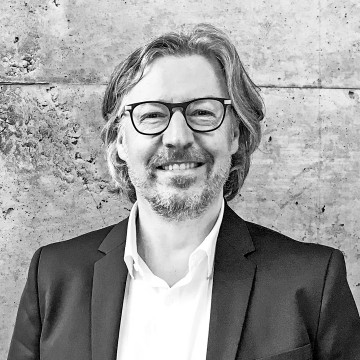
Michel Broz
Architect, Senior Partner

Catherine Demers
Architect, Senior Partner, LEED AP BD+C
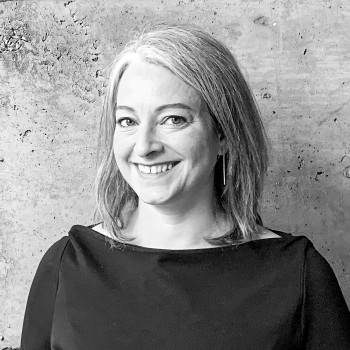
Martine Gévry
Architect, Senior Partner, LEED AP

Sylvain Morrier
Architect, Senior Partner

Nicolas Ranger
Architect, Senior Partner
Directors
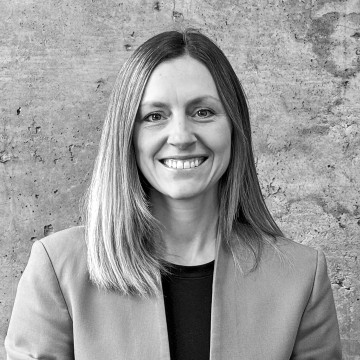
Stéphanie Boudreau
Architect, Director, LEED GA
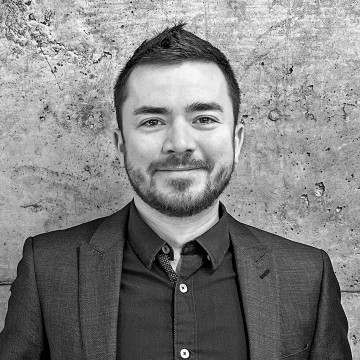
Marc-Antoine Bourbeau
Architect, Director, Site Supervision and Administration
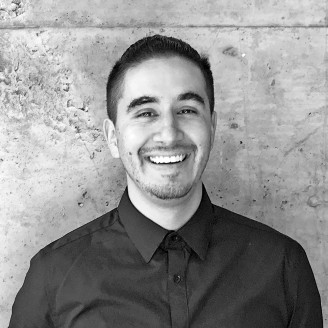
Antonio Camara
Architect, Director
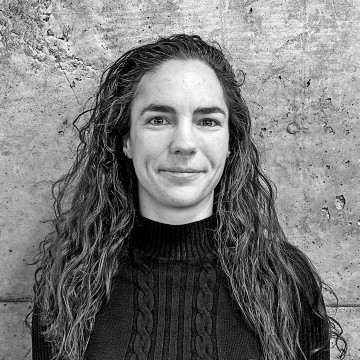
Priscillia Champagne
Architect, Director, bS-QP-1, LEED AP BD+C, WELL AP

Mallory Mae Conway
Architect, Director

Tanya De Bellefeuille
Architect, Director
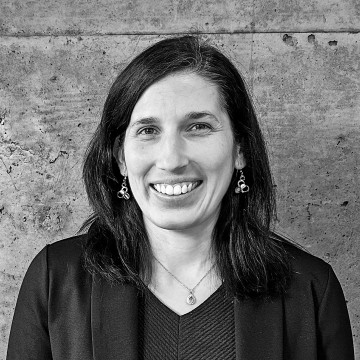
Stéphanie Girardeau
Architect, Director

Jordi Jordana
Architect, Director, ENV SP
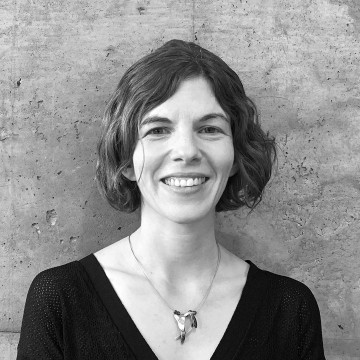
Marie-Michèle Larocque
Architect, Director
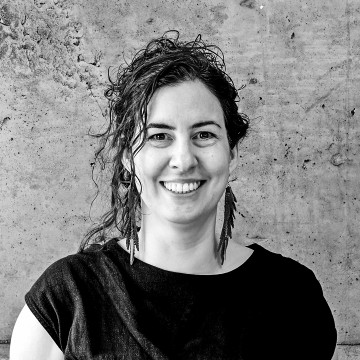
Kim Letendre
Architect, Director
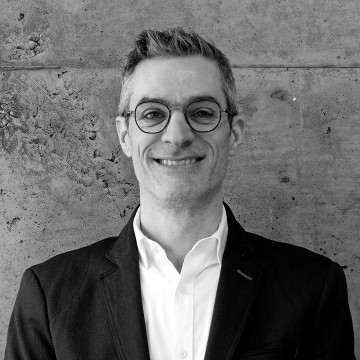
Vincent Marcoux
Architect, Director, ENV SP, Site Supervision and Administration

France Morin
Architect, Director
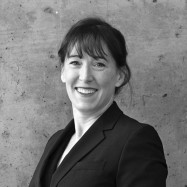
Scarlett Mount
Architect, Director
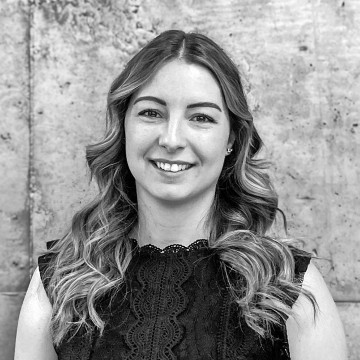
Roxanne Rochette
Architect, Director, LEED AP BD+C

Robert Sindon
Architect, Director
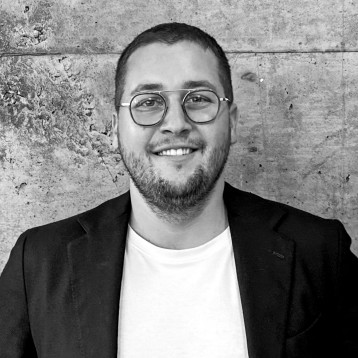
Simon Tremblay
Architect, Director, ENV SP

Hélène Vallée
Architect, Director
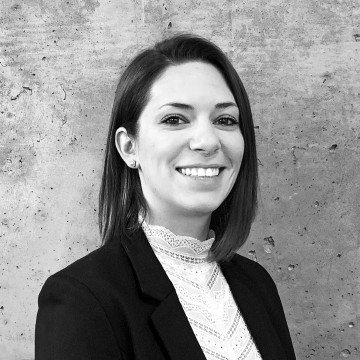
Stéphanie Vallières
Architect, Director, Site Supervision and Administration

Dominic Zeppettini
Architect, Director, Site Supervision and Administration
Technical Directors
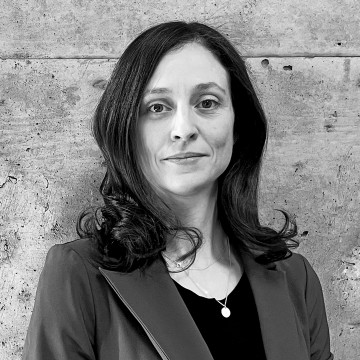
Mireille Dion
Architectural Technologist, Technical Director
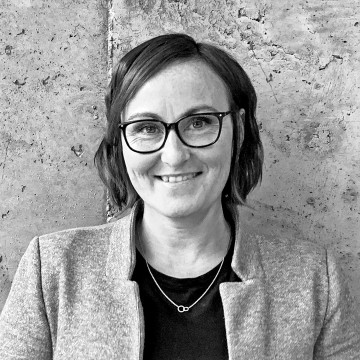
Carolyne Fournier
Architectural Technician, Technical Director
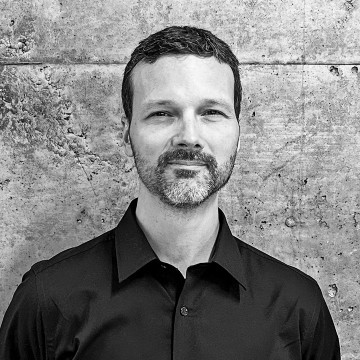
Charles-André Gagnon
Architectural Technologist, Technical Director

Olivier Millien
Architectural Technologist, Technical Director
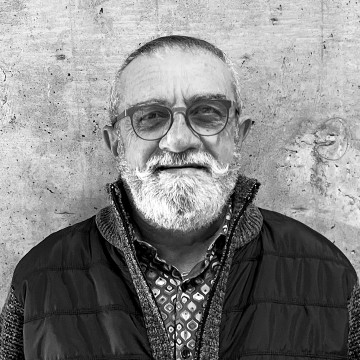
Germain Paradis
Architectural Technician, Technical Director
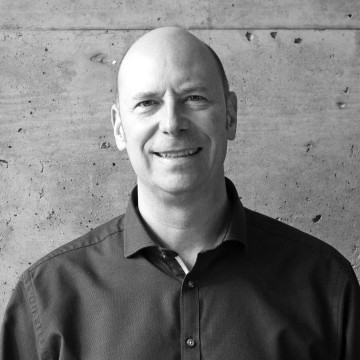
Alain Rolland
Architectural Technologist, Technical Director
Team members

Magy Abdelmalak
Architect

Mourhaf Abou Faher
Architect, LEED GA
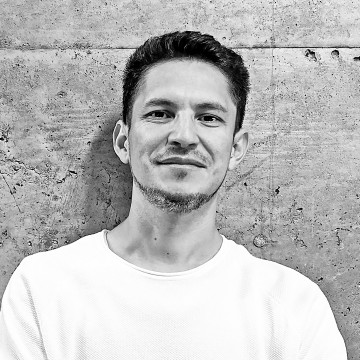
Sergio Acevedo
Architect, LEED AP BD+C, WELL AP, ENV SP, Sustainable Development Manager
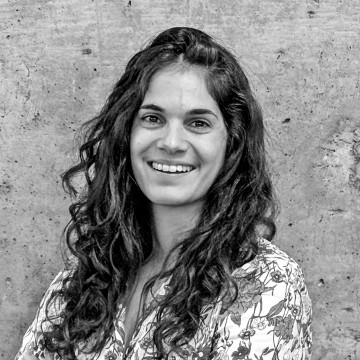
Camillia Al Bolbol
M. Arch. (ENSAPB, FR)
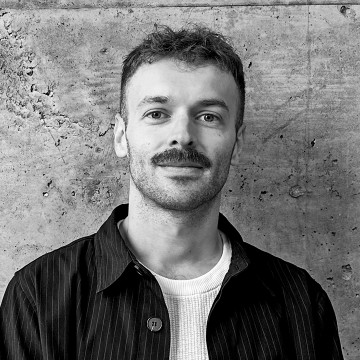
André Allard
PMP, Quality Monitoring and Project Management Administrator
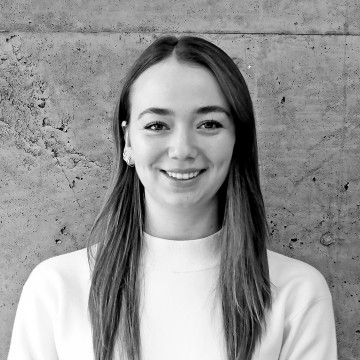
Juliette Allard
Architect
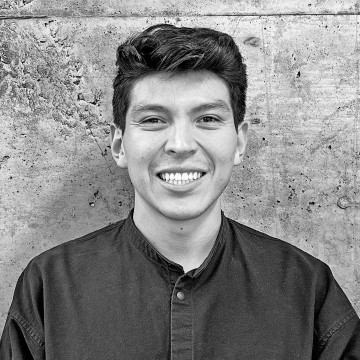
Luis Alvarez
Architect, Construction Site Supervision and Administration
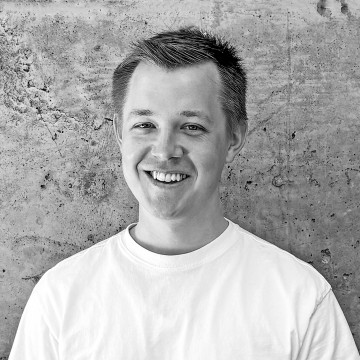
Ludovic Amyot
B. Sc. Arch., Intern Architect
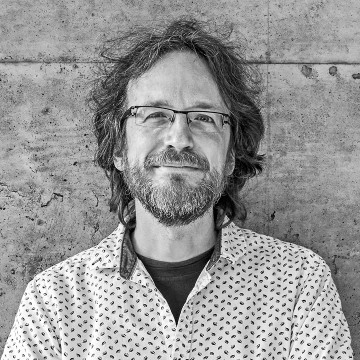
Jean-Philippe Angers
M. Arch.
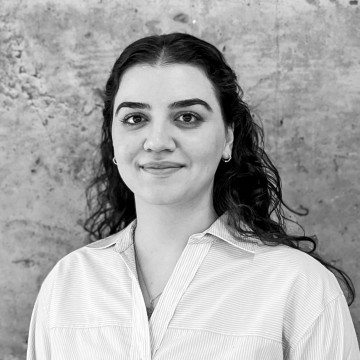
Pateel Antranik
Architectural Technology Intern
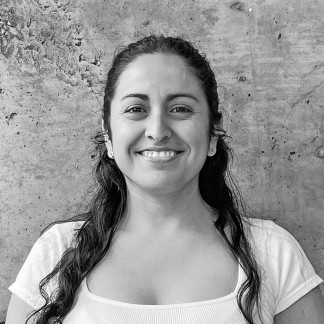
Paola Araya-Valdes
M. Arch., Intern Architect, Site Supervision and Administration
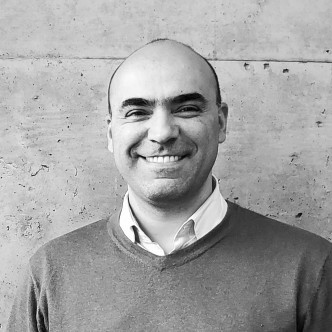
Gustavo Archer
Architect
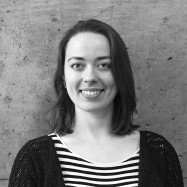
Ana Arusievicz
B. Arch. et Urb. (UR, BR), 3D Artist
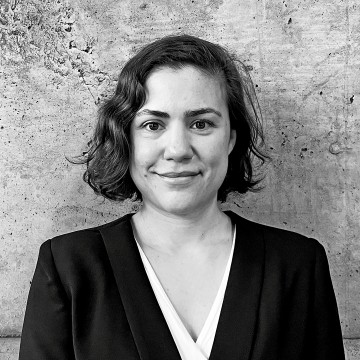
Beatriz Baffi
B. Arch. (USP, BR), BIM Coordinator
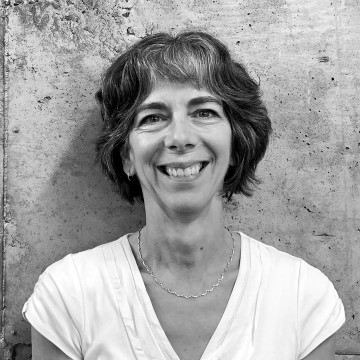
France Baillargeon
Signage Technician
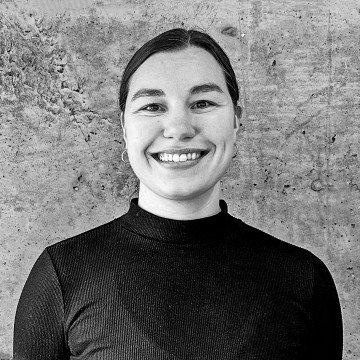
Eloïse Barry
Architect
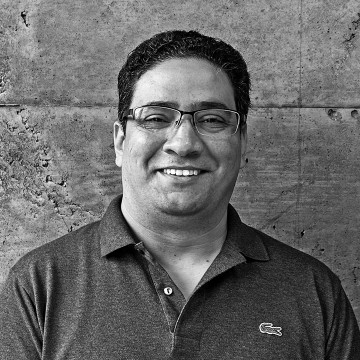
Makar Barsoom
Architect, MEng, OAA, PMP

Théo Bastide
M. Arch., Intern Architect
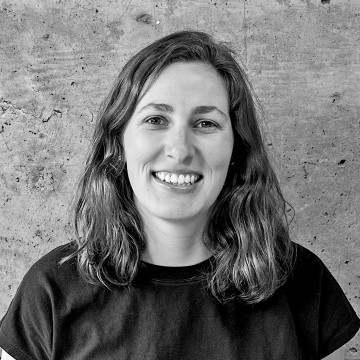
Corinne Bédard-Ouimet
Architect

Ximena Beltran Torres
M. Sc. ACCAU (ENSAPB, FR), M. Arch. (UNI, PE)
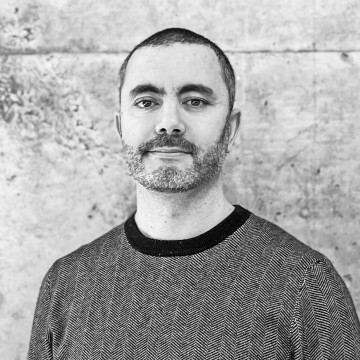
Ons Ben Messaoud
Architect, Site Supervision and Administration
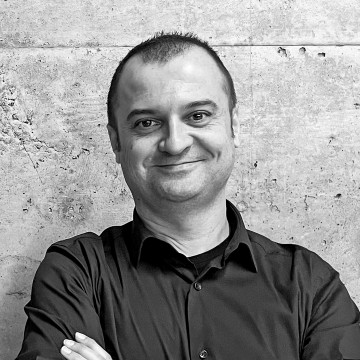
Eduardo Benavides Benitez
M. Arch. (ETSAM, ES)
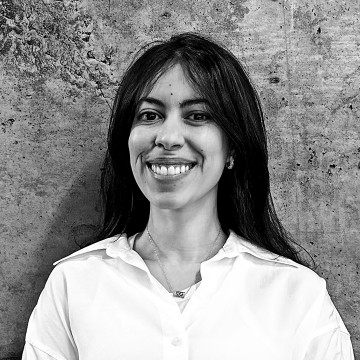
Sarah Benzine
Architect
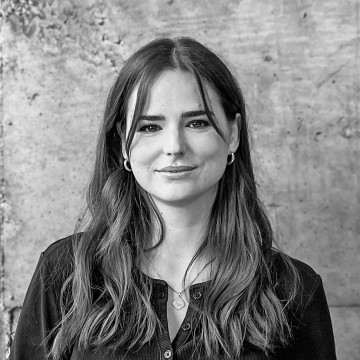
Kim Bernier-Zihler
Architectural Technologist
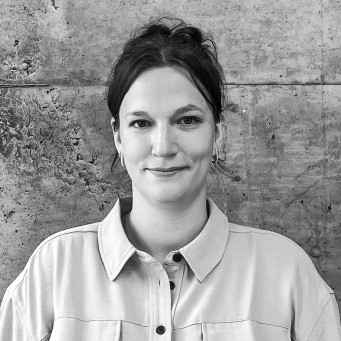
Camille Bérubé
M. Arch., Intern Architect
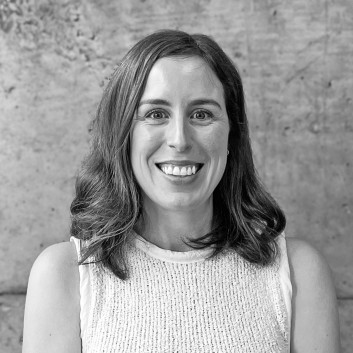
Audrey Bilodeau
Architect
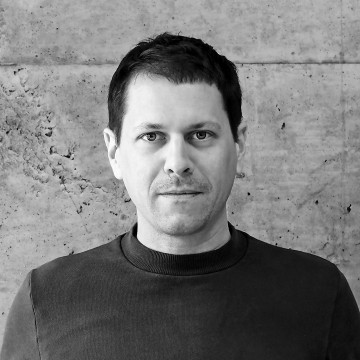
Olivier Boucher
Architect
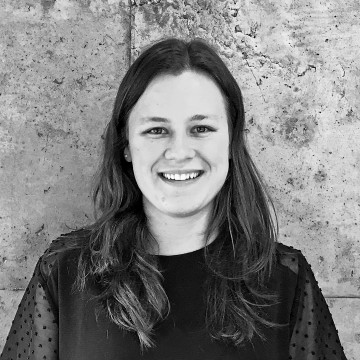
Élise Bourgeois-Lavoie
Architect
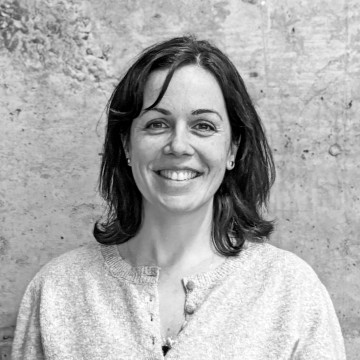
Hélène Boyer
Architect

Pamela Camargo Macedo
MEng (civil) (UNESP, BR)
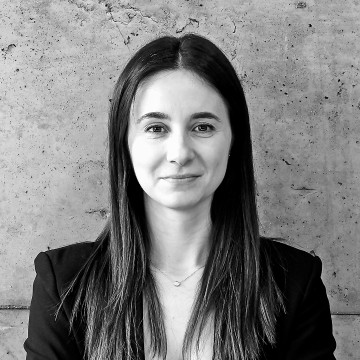
Maria Canadell Arboledas
Architect
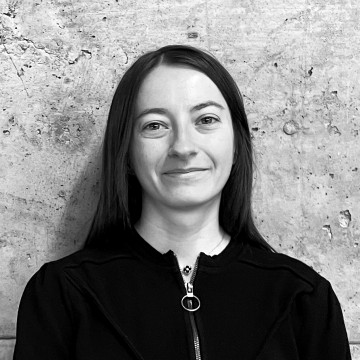
Andréa Castillon
M. Arch. (ENSAPLV, FR), Intern Architect
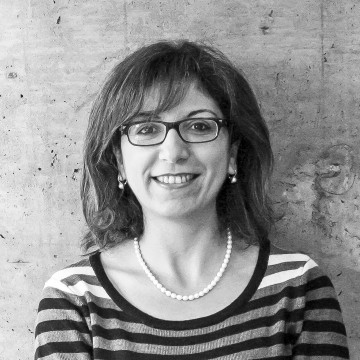
Karima Chami
Architect, PMP
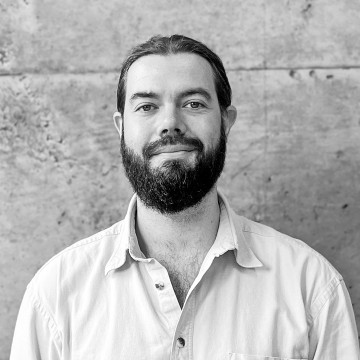
Alexis Charbonneau
Architect
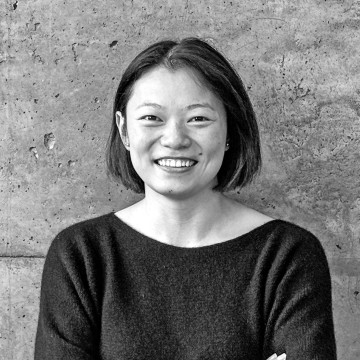
Éloïse Charest
M. Arch., Intern Architect
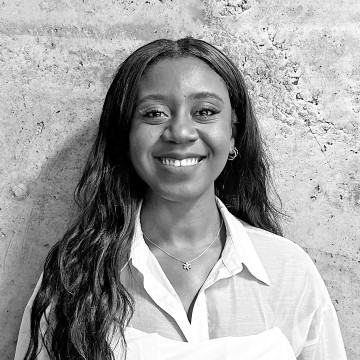
Ashley Charles
Architectural Technologist
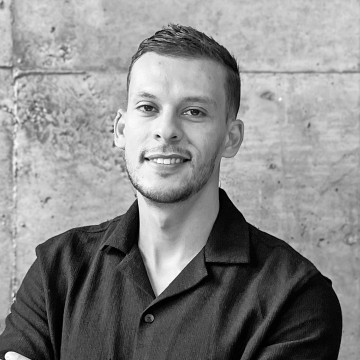
Anis Chetouani
M. Arch., M. Ing. (Urban Infrastructures), Intern Architect

Cynthia Chu
Architect
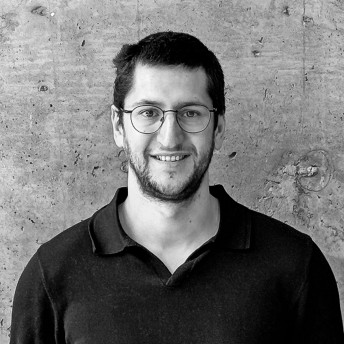
Karl Cloutier
Architectural Technologist
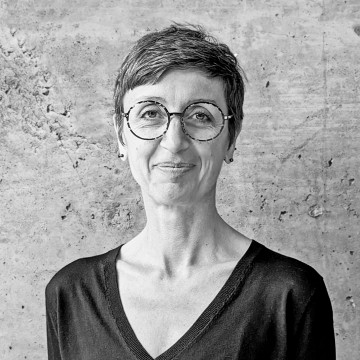
Caroline Corbex
Architect, Site Supervision and Administration

Sergio Cordeiro
Architect

Chantal Côté
Payroll and Human Resources Assistant
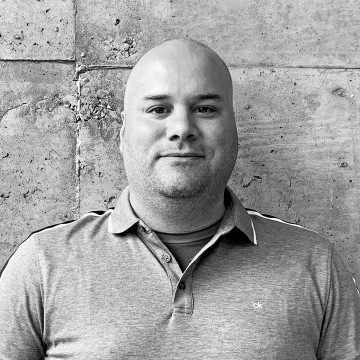
Jérôme Courtemanche
Architectural Technologist, Site Supervision and Administration
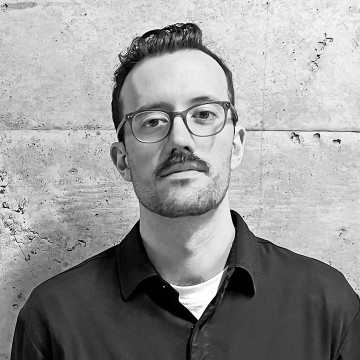
Jean-Michel Courville
M.A. Design de l'environnement
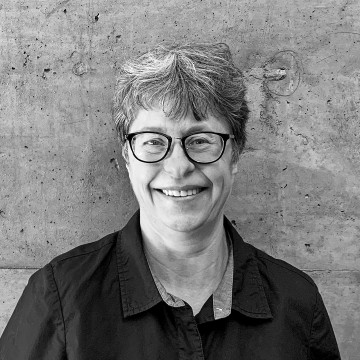
Jackie Cyr
Accounting Technician, Billing to Consortiums

Simon Cyr
M. Arch., Intern Architect, Construction Site Supervision and Administration
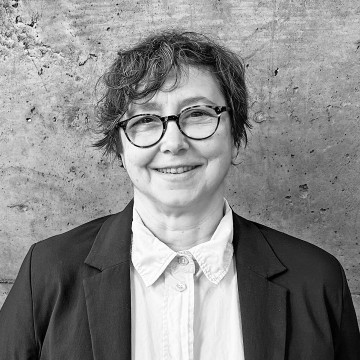
Hélène Daigneault
M. Arch. (SUR, IT)
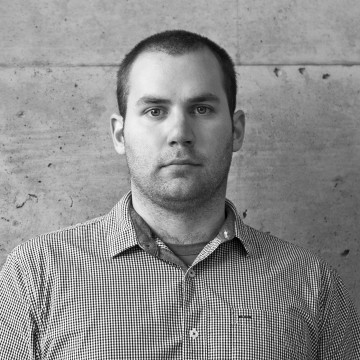
Jonathan Davidson
Architectural Technologist
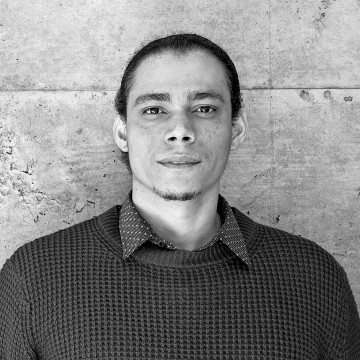
Enmanuel De Los Santos Santana
Accounting Technician, Billing
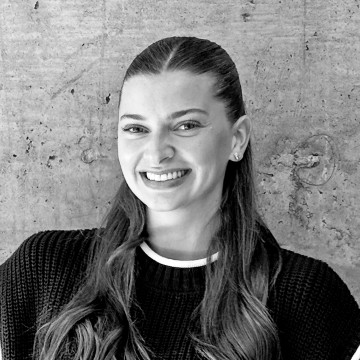
Roxanne Doucet
BAS, Architectural Intern
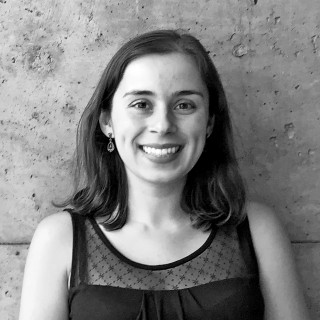
Joseli De Oliveira Duarte
B. Arch. et Urb. (BA, BR)
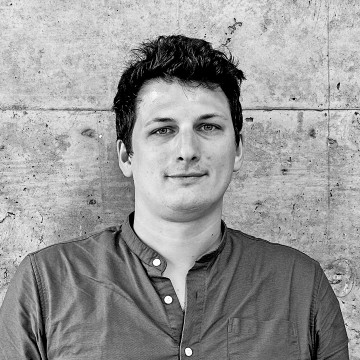
Thomas Degembe
Architect
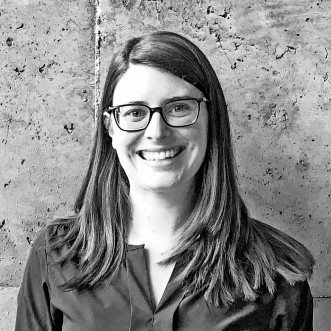
Caroline Delorme
Architectural Technologist
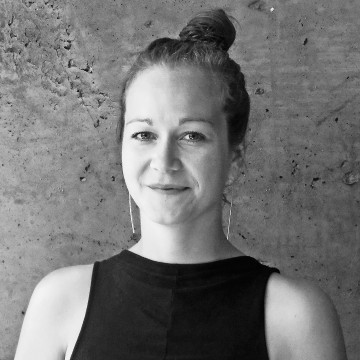
Marilou Desjardins
B.A., Interior and Environmental Designer

Annie Desroches
B. Ing. (construction), Site Supervision and Administration
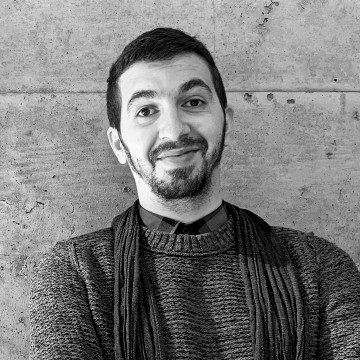
Salah Eddine Djelailia
M. Arch., Intern Architect
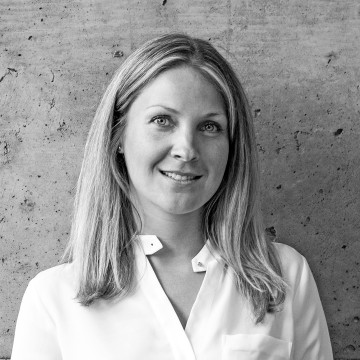
Caroline Dubé
Architect
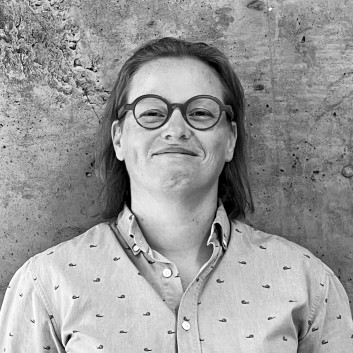
Julie Dupuis
Architectural Technologist, Site Supervision and Administration

Brendan Dyck
BEnvD, M.Arch, OAA
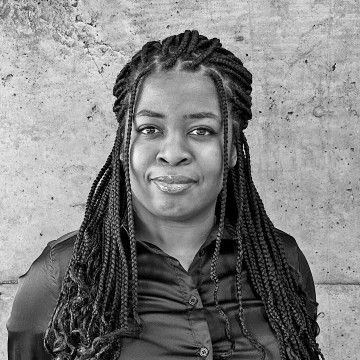
Violeine Eglaüs
M. Arch., Intern Architect, Construction Site Supervision and Administration
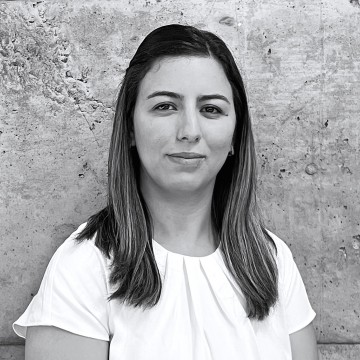
Dalal Er-Rchidi
Architectural Technologist

Marie Evans
Architect

Gerardo Farias
B.A., Environmental Designer and Architectural Technologist
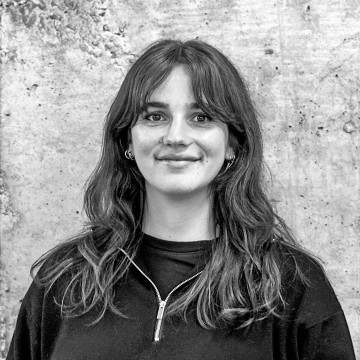
Pauline Fasciale
M. Arch. (ENSAM, FR)

Catherine Filcich
Architect, Specifications Writer, CSP
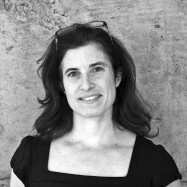
Katia Flipot
B. Sc. Arch.

Olalla Flórez de la Calle
BEng (building) (UCJC, ES), Site Supervision and Administration

Catherine Fortin
Interior Designer

Marco-Antonio Fuentes-Lomparte
Architect
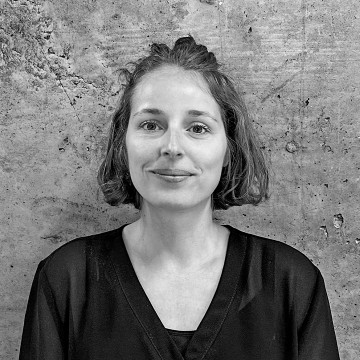
Aline Gabriel-Chouinard
Architect
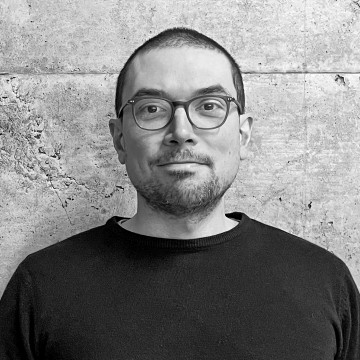
Thibaud Gagnon-Guimond
M. Arch., Intern Architect
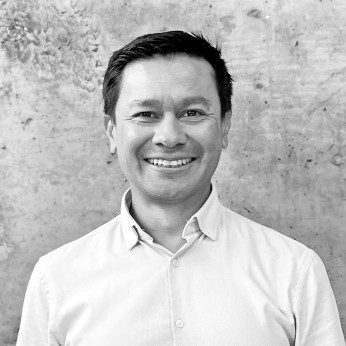
Jhonny Gamboa
Architect
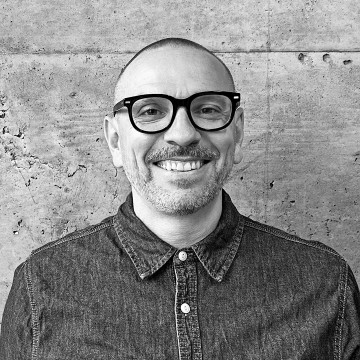
François Gauthier
Architectural Technologist, Construction Site Supervision and Administration
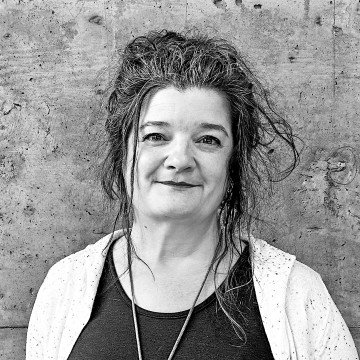
Joyce Gauthier
Administrative and Project Monitoring Assistant
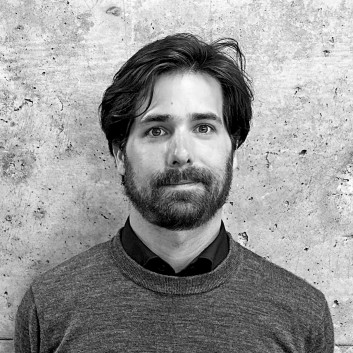
Alexandre Giard
Architectural Technologist

Taheni Ghorbel
M. Arch., Intern Architect
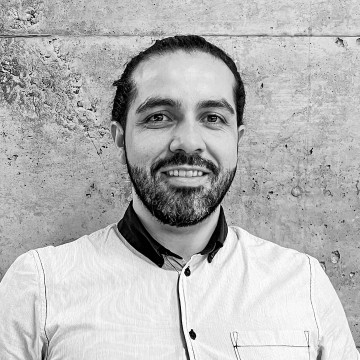
Julian Gonzalez
Architectural Technician, Construction Site Supervision and Administration
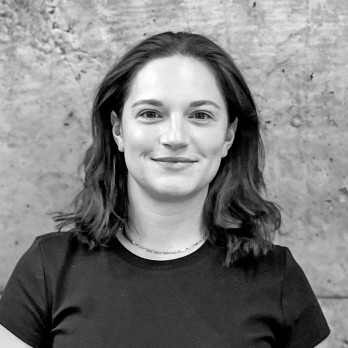
Jasmine Goulet
B.A., Environmental Designer and Architectural Technologist
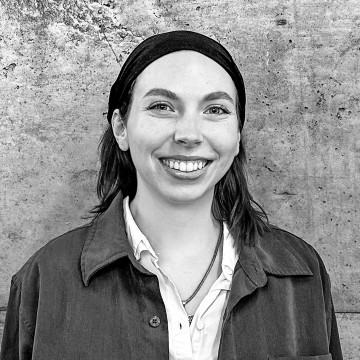
Éloïse Goussard
Architect
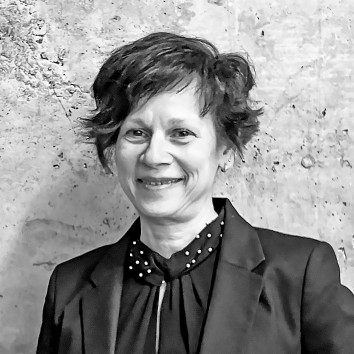
Nathalie Grégoire
Site Supervision Administrative Assistant
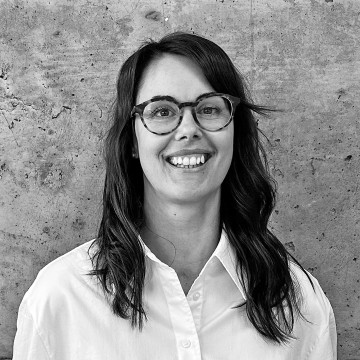
Emmanuelle Guérin
Architecture Coordinator, LEED GA
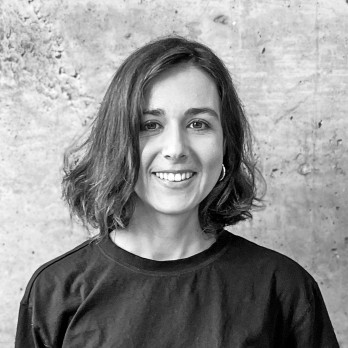
Fanny Guigon
Architect
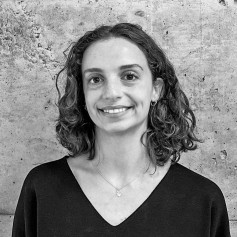
Gaël Haddad
B. Sc. Arch., Intern Architect
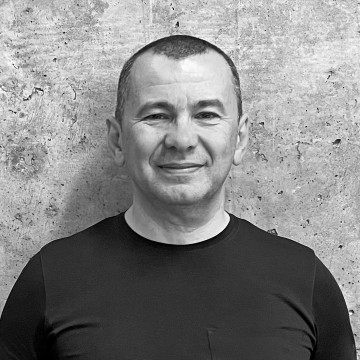
Marian Haiduc
Architectural Graphic Designer and Urban Designer (M. Sc. A.)
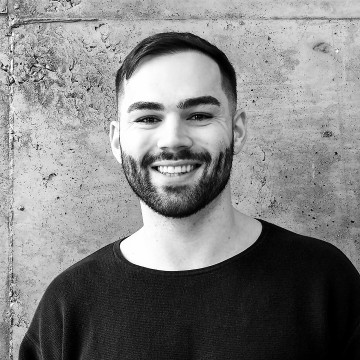
Mikael Hammond Benoit
Architect
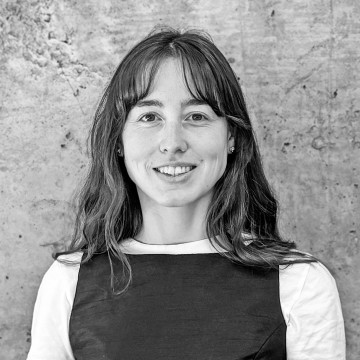
Ariane Hay-Goulet
Architect
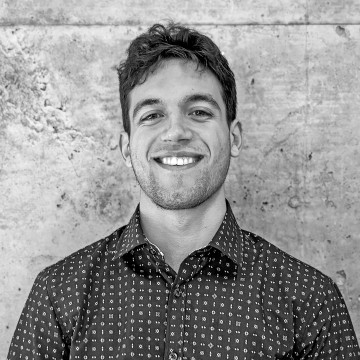
Julien Hébert
B. Sc. Arch., Architectural Intern
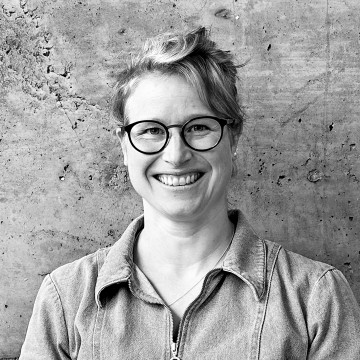
Véronique Hébert
Architect

Isabelle Hémon
Proposal Coordinator
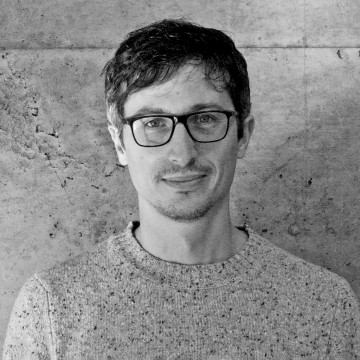
Loïc Hervouet
B.A., Environmental Designer
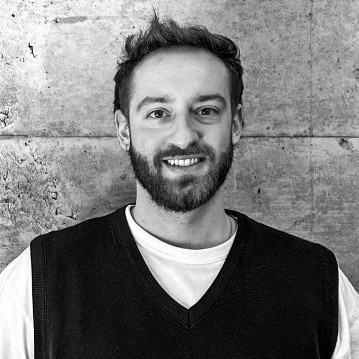
Maxime Hurtubise
Architect
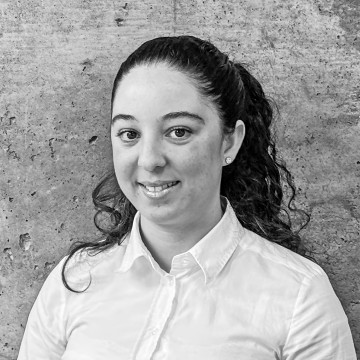
Katia Idir
M. Arch. (UMMTO, DZ), M. Ing. (construction)
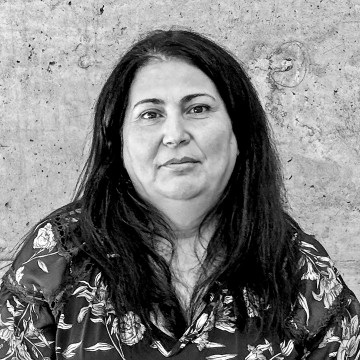
Akila Ikhlef
Analyst, project accounting and billing
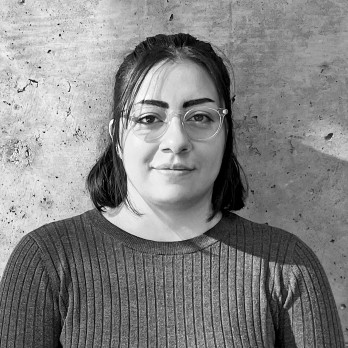
Bellessa Jargstorff
Architectural Technologist

Louise Jeanson
Receptionist
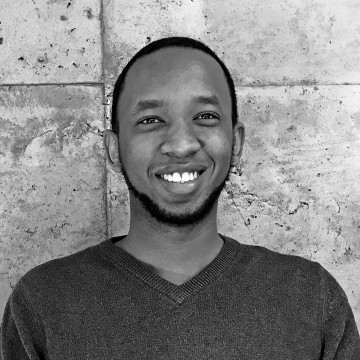
Evrard Kabiro
Accountant, Accounts Payable and Receivable
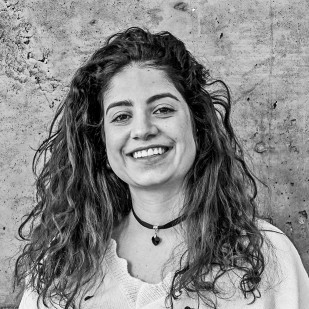
Yara Karam
M. Arch. (UL, LB)
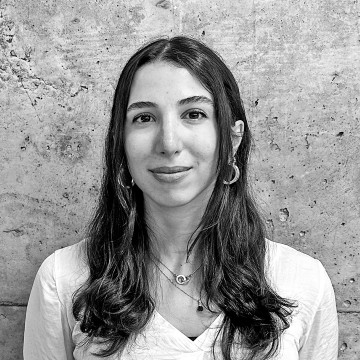
Karen Kebbé
M. Arch., Intern Architect
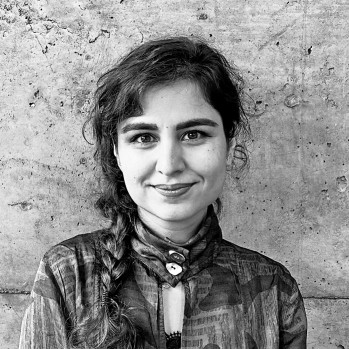
Marjan Khaji
M. Arch.
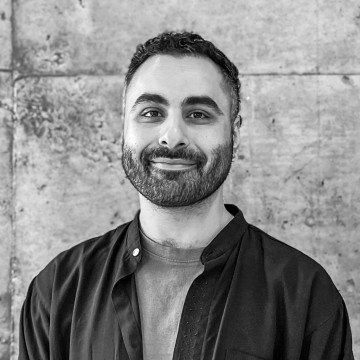
Bassel Kheirbik
M. Arch., candidat à la profession d’architecte
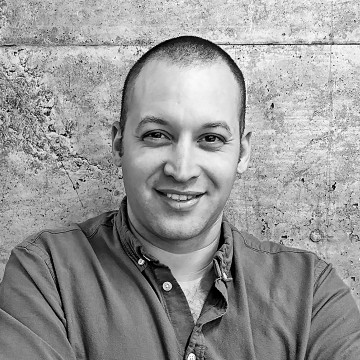
Nassim Khennouf
M. Arch., Intern Architect, Construction Site Supervision and Administration
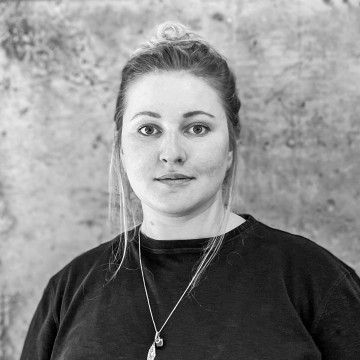
Klaudia Konieczny
Architectural Technologist
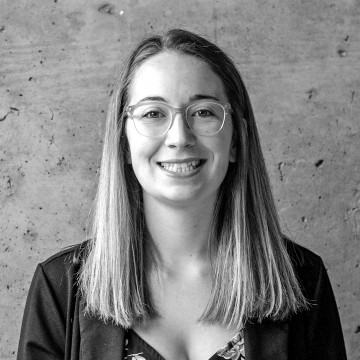
Marie-Ève Labat
Architectural Technologist
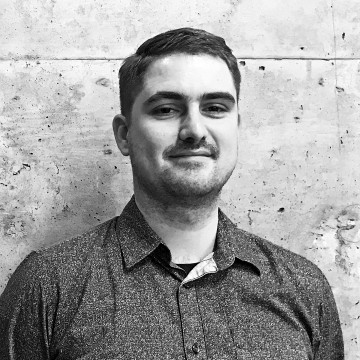
Jean-Michel Lafortune
Architect
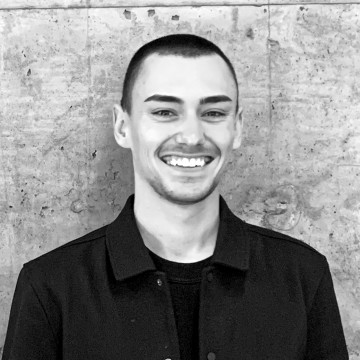
Alex Lamontagne
B.A. Environmental Design, Architectural Technologist
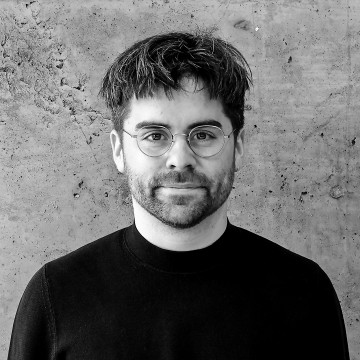
Julien Landry
Architect
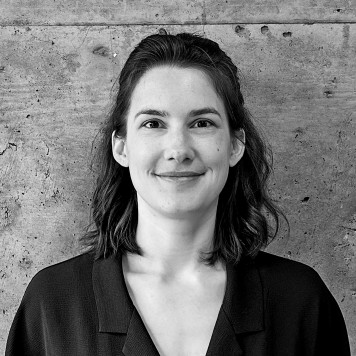
Sophie Langevin
Architect
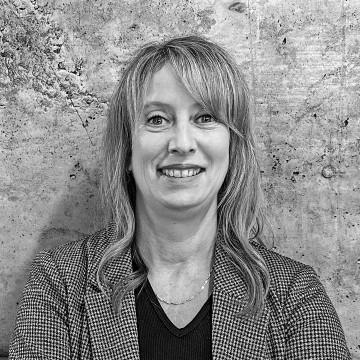
Katia Laporte
B.A.A., senior analyst, accounting

Benjamin Lavagne
M. Arch. (ENSA, FR)
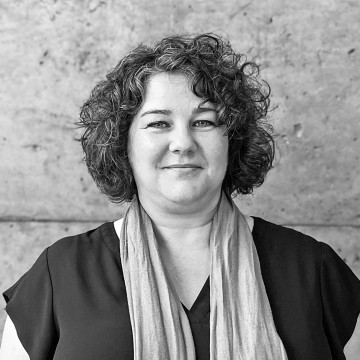
Caroline Lavoie
Site Supervision Administrative Assistant

Patrice Lebel
Architect, CPHD
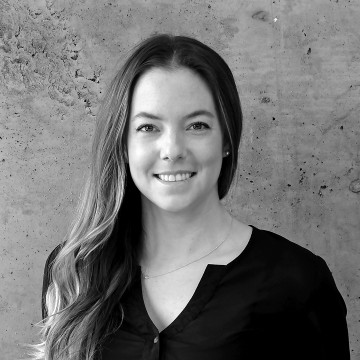
Geneviève Leclerc
Architect

Gabriel Lemieux
Architectural Technologist
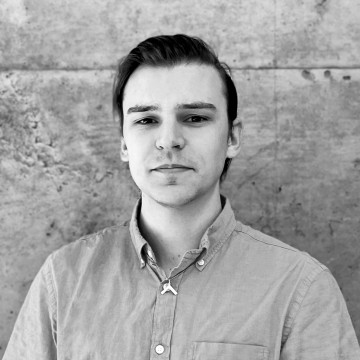
Romain Leygonie
Eng. TRP, BIM Coordinator, CanBIM P2, bs-QP-1
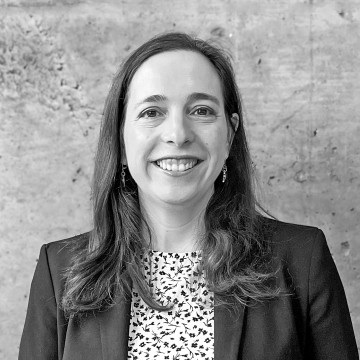
Valeria Lima
Architect

Audrey Longchamps
Architectural Technologist
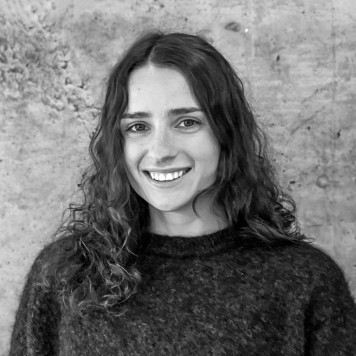
Virginie Longval
M. Arch., Intern Architect, Construction Site Supervision and Administration
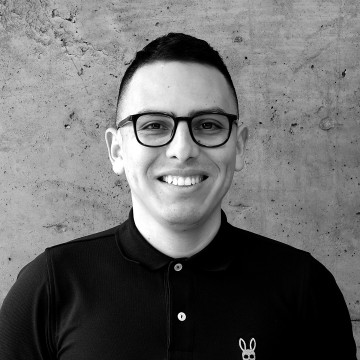
Israel Ludena
Architectural Technician
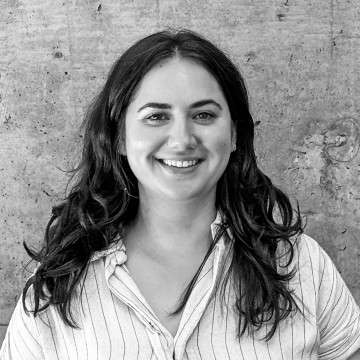
Léah Madail-Fortin
Architectural Technologist
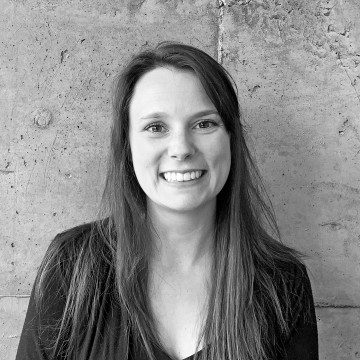
Laurianne Marotte
Architectural Technician
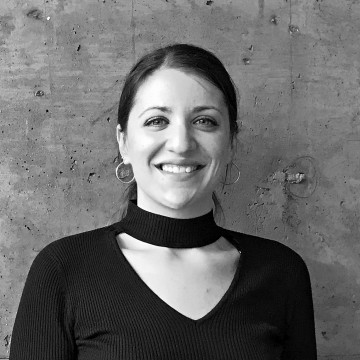
Theresa Martignetti
Payroll Administrator and Human Resources Assistant
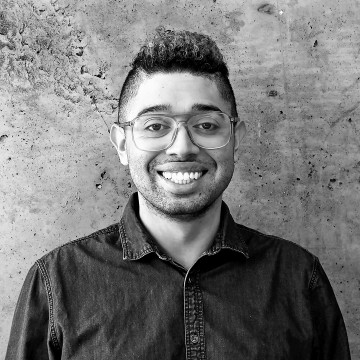
Douglas Martins
M. Arch., Intern Architect
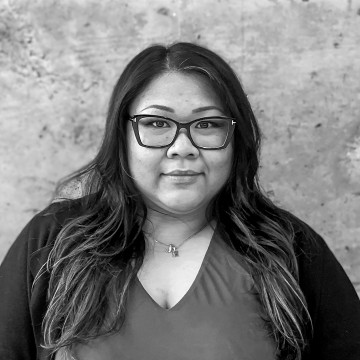
Jaina Maximo
Architectural Technologist
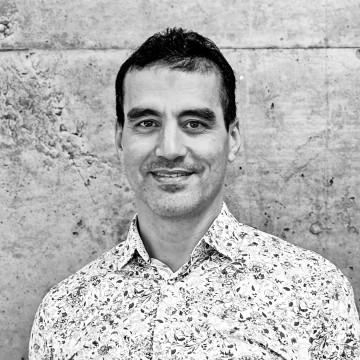
Nader Meddeb
Architecte, Ph. D. (aménagement)
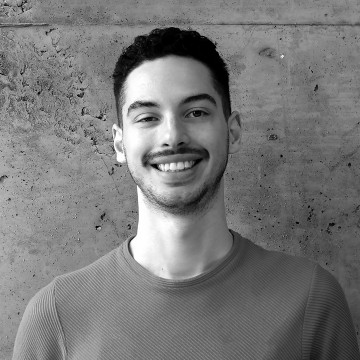
Francis Mendez-Cairo
Architectural Technologist
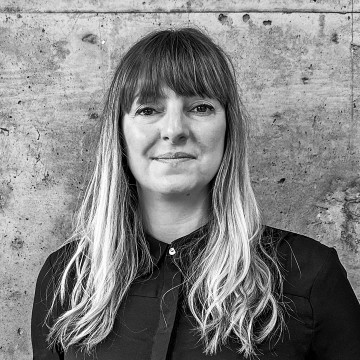
Marie-France Messier
Communications Manager
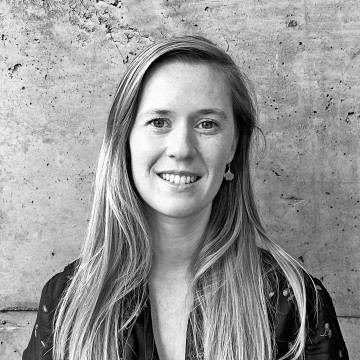
Flavie Michel-Duménil
Proposal Writer and Content Manager
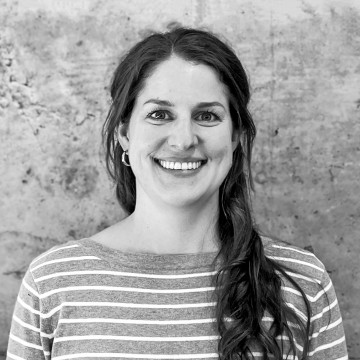
Gabrielle Morin
Architect, Site Supervision and Administration
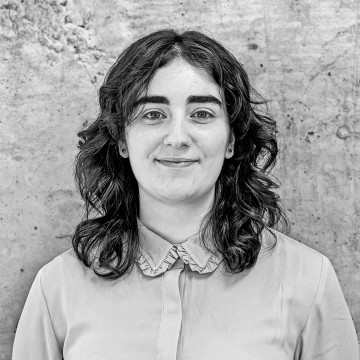
Elizabeth Nadeau
M. Arch., Intern Architect
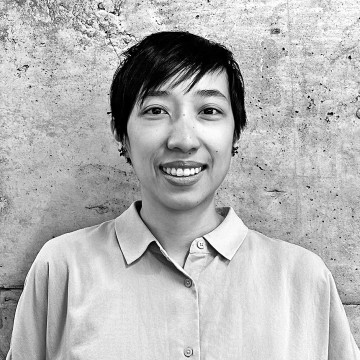
Thao Lan Nguyen Le
Architect
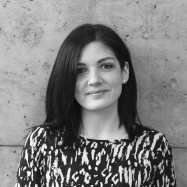
Christine Nolet
B. Sc. Arch.

Verónica Ocampo
M. Sc. A., B. Arch., Intern Architect

Nicolas Onfroy
Architect
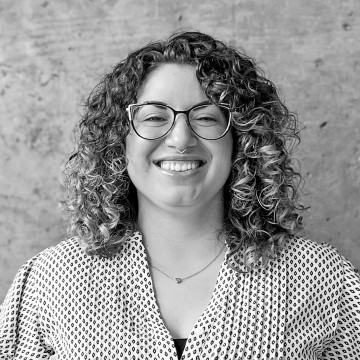
Marina Ordoñez
Site Supervision Administrative Assistant
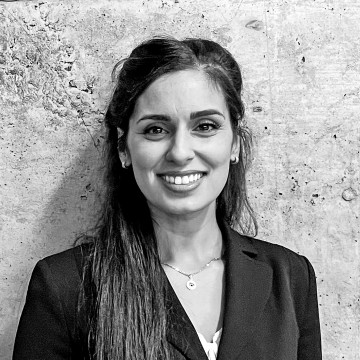
Sara Othmane
Human Resources Manager
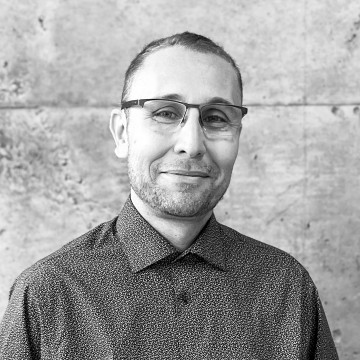
Fouad Ouahil
M. Arch., LEED AP BD+C, Intern Architect
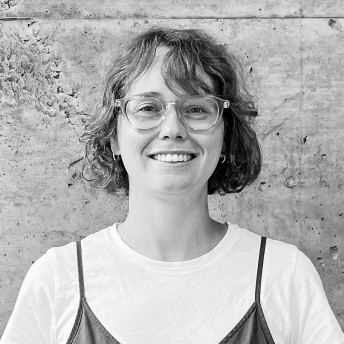
Charline Ouellet
Architect
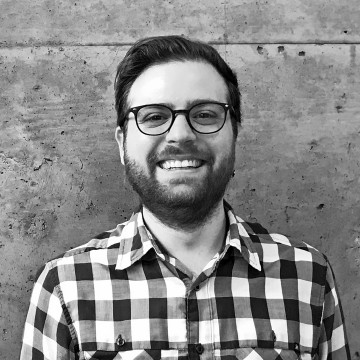
Éric Ouellette
IT Technician

Janie Ouellette
M. Arch., Intern Architect
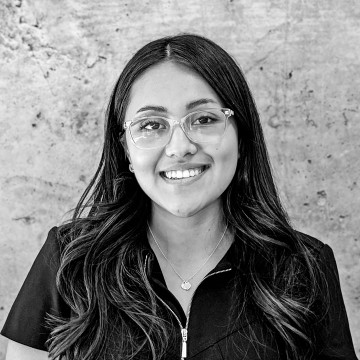
Amanda Palencia
Architectural Technologist, LEED GA
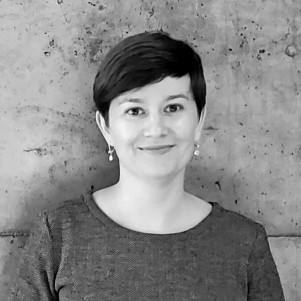
Liubovi Palic
BEng (urb.) (UTM, MD)
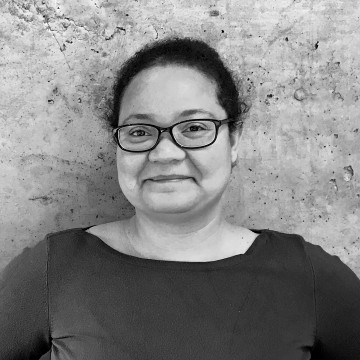
Sandrine Panel
Accountant, Billing and Administration
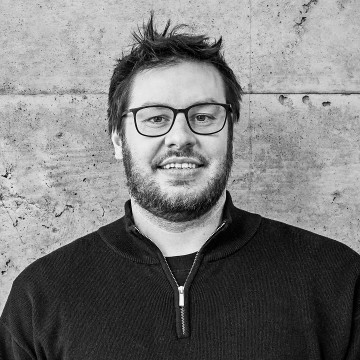
Hugues Patry
Architect
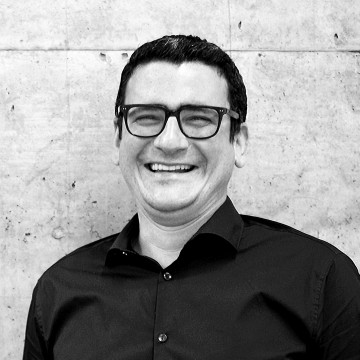
Luis Peinado
B. Arch. (UCV, VE)
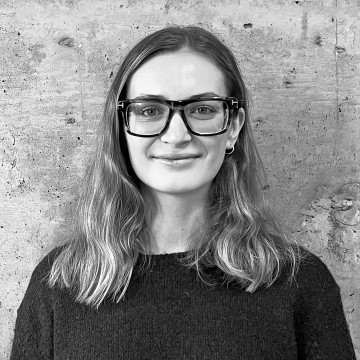
Marianne Pelland
M. Arch., Intern Architect
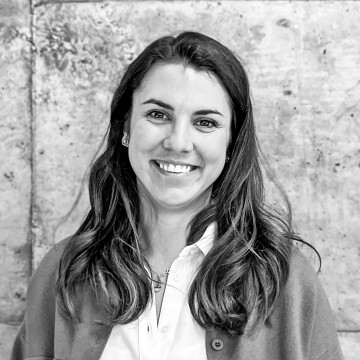
Julie-Anne Péloquin
Interior Designer
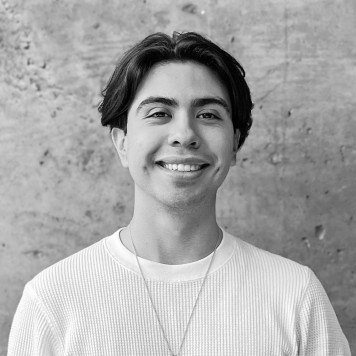
Alvaro Sebastian Perez Paredes
Architectural Technologist
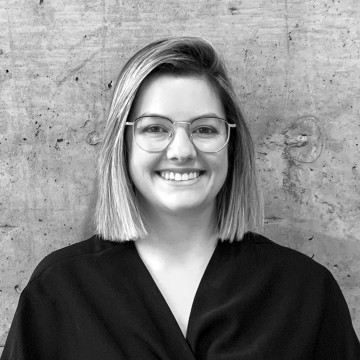
Gabrielle Périard
Architectural Technologist, Construction Site Supervision and Administration
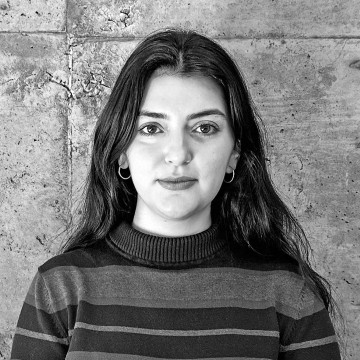
Florence Primeau-Marcoux
M. Arch., Intern Architect
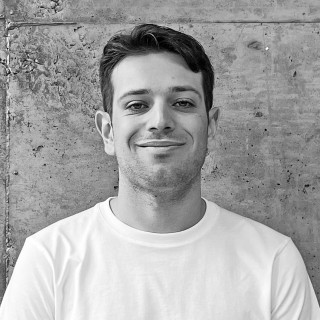
Émeric Quintin
B.A., Environmental Designer and Architectural Technologist
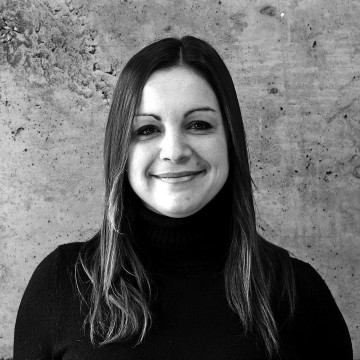
Joannie Quirion
Architect, ENV SP
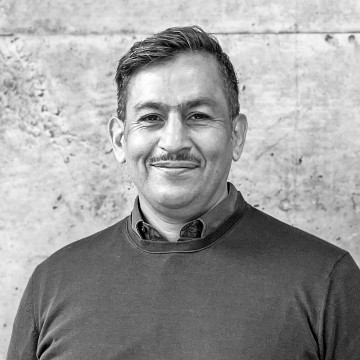
Nicolas Ramirez
M. Arch., NRFC CS, Intern Architect
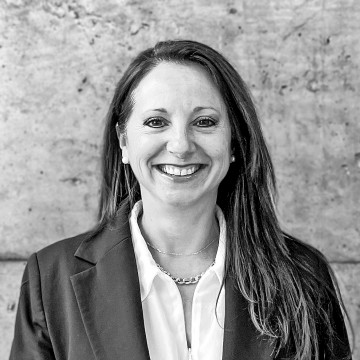
Julie Raymond
CPA, Chief Financial Officer
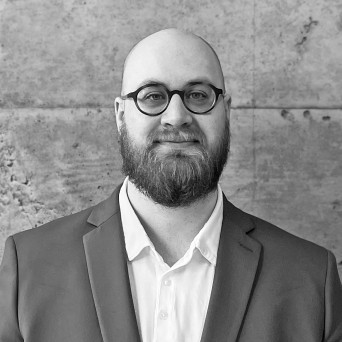
Alex Richer
Architectural Technician
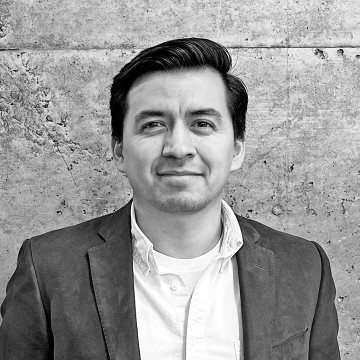
David Rios Barajas
B. Arch. (UNAM, MX)

Hugo Robillard
M. Arch.

Gustave Robitaille
Architectural Technologist
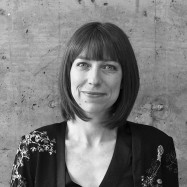
Laurence Roux
Architect
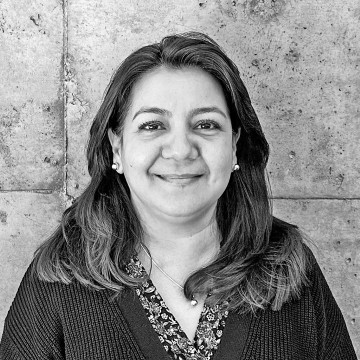
Huayna Sanchez
B. Arch. (ISPJAE, CU), BIM Coordinator
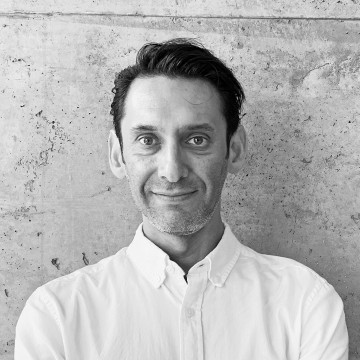
Marcelo Sánchez
M. Arch. (UDLA, CO)

Nereida Sanchez
B. Arch. (UCV, VE), Construction Cost Estimator
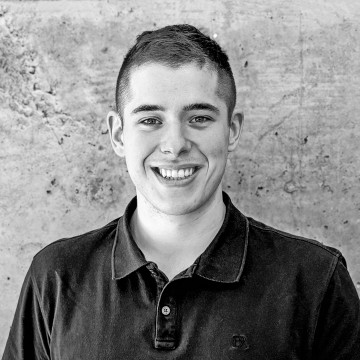
Nicholas Santoianni
B. Sc. Arch., Intern Architect
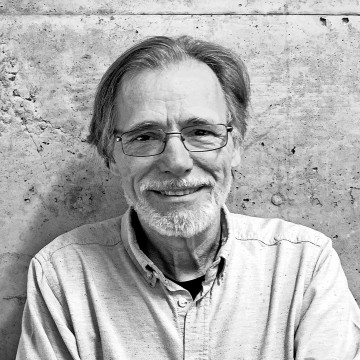
Gérard Schirmer
Architectural Technologist
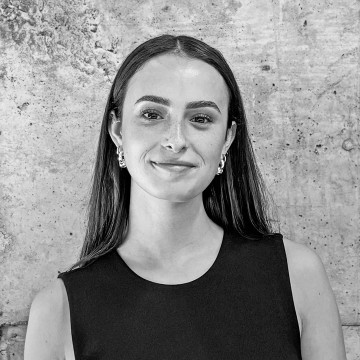
Zoe Erica Small
B. Sc. Arch., Architectural Intern
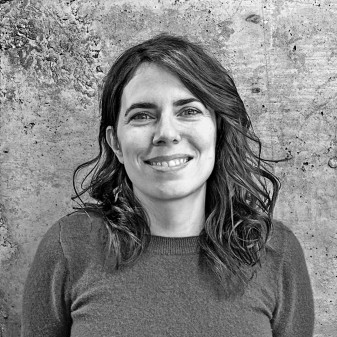
Karine Spérano
M. Arch., Intern Architect

Mathys A. Stephens
Architectural Intern
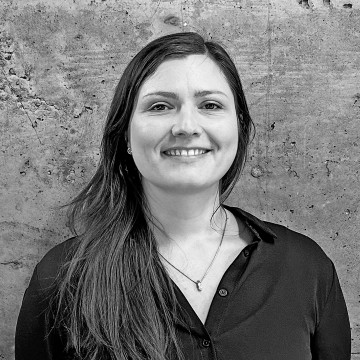
Alix Sutre
Architect

Florian Tapin
M. Arch. (ULiège, BE), Construction Site Supervision and Administration
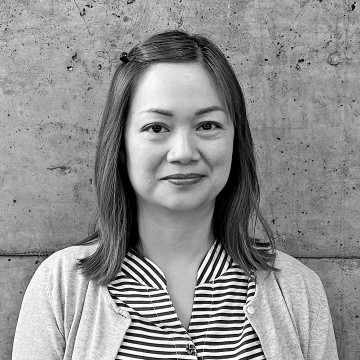
Vy Tran
Project Accountant, Billing and Administration
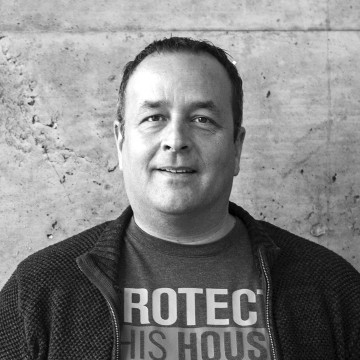
Stéphane Tremblay
Information Technologies Manager
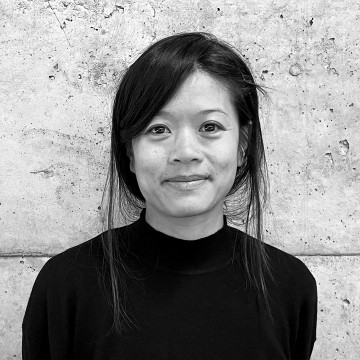
Minh-Giao Truong
Architect, LEED AP BD+C

Jonathan Vasquez
Architectural Technology Intern
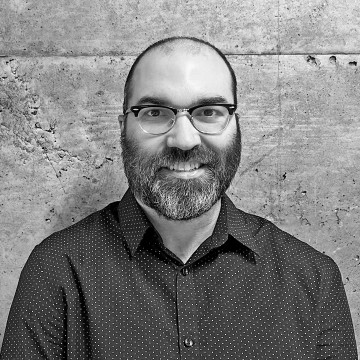
Yannick Viens
Architectural Technologist
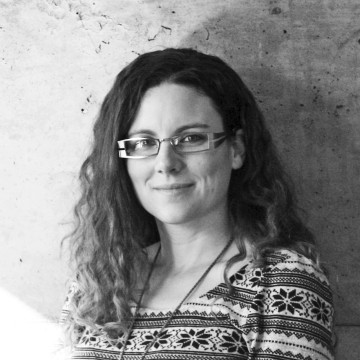
Valérie Vigneau
Architect

Minh-Thu Vu Khanh
Architectural Technologist
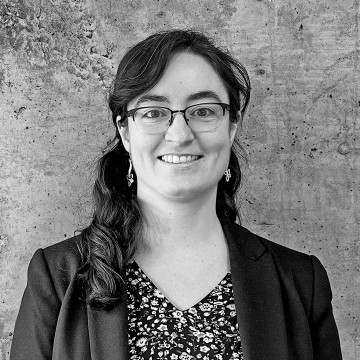
Mélanie Watchman
Architect, Ph. D. (architecture)
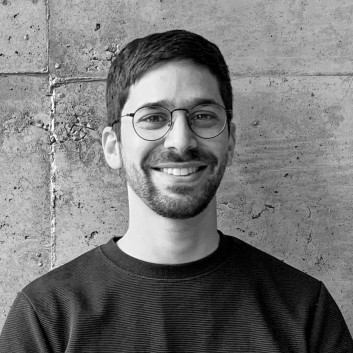
Sammy Yehia
Architect
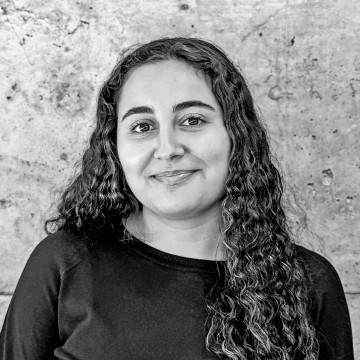
Anaël Zini
Architectural Intern, Site Supervision and Administration
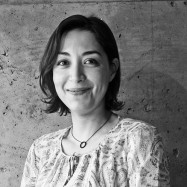
Hind Zyat
Architect
